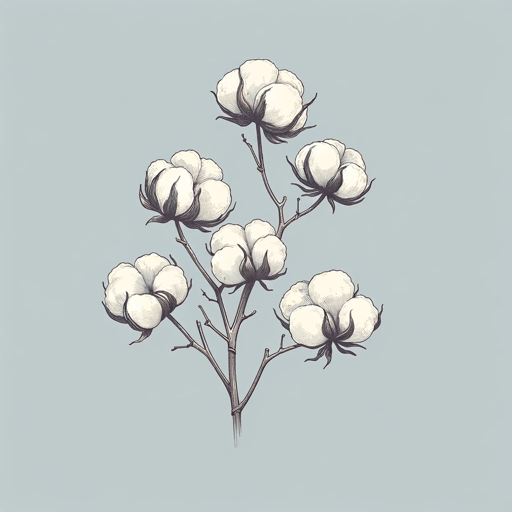88 pages • 2 hours read
Solomon NorthupTwelve Years a Slave
Nonfiction | Autobiography / Memoir | Adult | Published in 1853A modern alternative to SparkNotes and CliffsNotes, SuperSummary offers high-quality Study Guides with detailed chapter summaries and analysis of major themes, characters, and more. For select classroom titles, we also provide Teaching Guides with discussion and quiz questions to prompt student engagement.
Activities
Use this activity to engage all types of learners, while requiring that they refer to and incorporate details from the text over the course of the activity.
“Artistic Renderings of the Enslaved Person’s Experience Both Past and Present, From Frederick Coffin to Marcus Brown”
In this activity, students will reflect upon the original line drawings’ effect on the text of Twelve Years a Slave, and in doing so learn about past and present ways visual art is used to document (and sometimes process) a deeply troubled past.
There are seven pieces of line art depicting Solomon Northup’s journey interspersed throughout the text. Each of the seven pieces portrays a key moment in Northup’s stories, as reflected in their titles: (1) Portrait of Solomon in his Plantation Suit, (2) Scene in the Slave Pen at Washington, (3) Separation of Eliza and her Last Child, (4) Chapin Rescues Solomon from Hanging, (5) the Staking Out and Flogging of the Girl Patsey, (6) Scene in the Cotton Field, and Solomon’s Delivery, and (7) Arrival Home, and First Meeting with His Wife and Children.
In this activity, you’ll look at Twelve Years a Slave from a new angle, focusing on visual art and how that helps in the processing of trauma of slavery and the search for truth, both by Northup and in Black modern art.

